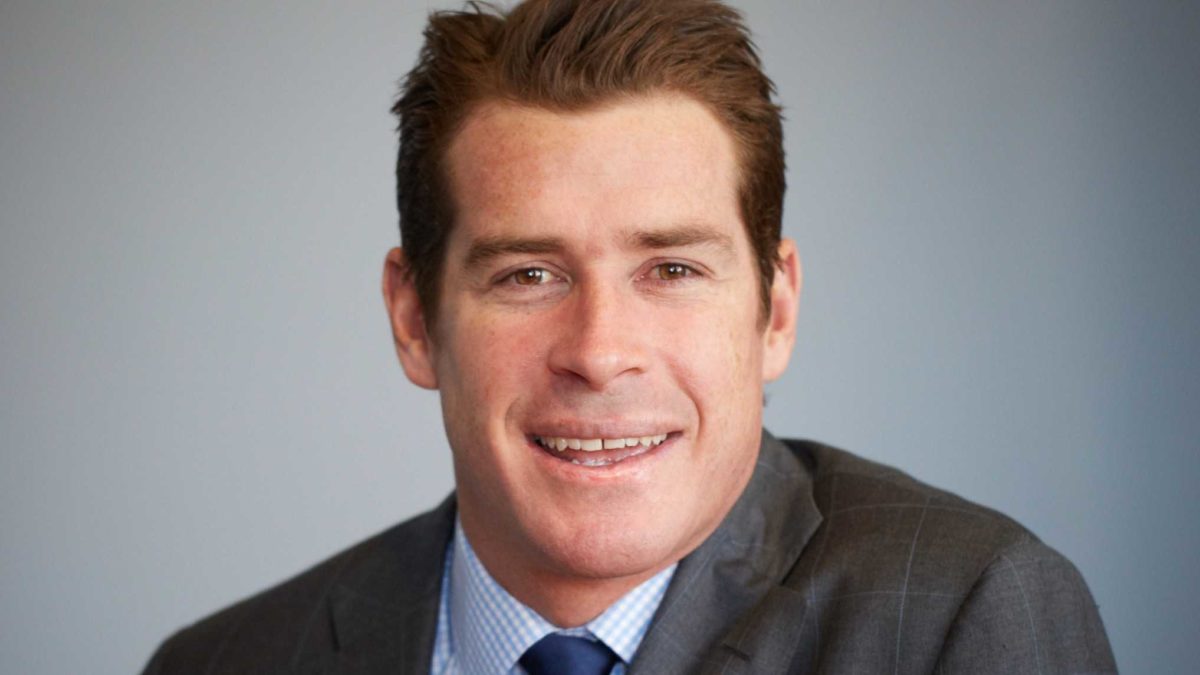Ask A Fund Manager
The Motley Fool chats with the best in the industry so that you can get an insight into how the professionals think. In this edition, Tribeca Investment Partners portfolio manager Simon Brown analyses the market in 2022 and predicts where small cap ASX shares are headed in 2023.
Investment style
The Motley Fool: How would you describe your fund to a potential client?
Simon Brown: I'm Simon Brown, I'm co-portfolio manager of the Tribeca Smaller Companies Fund. We are a small companies fund focused on stocks that benchmark to the S&P/ASX Small Ordinaries (ASX: XSO).
We started in 1999, so we've been around over 20 years. We've managed to outperform the small companies index throughout that period. We target 5% to 7% alpha over that benchmark on a rolling three-year basis.
We are a fund that doesn't have any particular growth or value bias. We look to outperform all markets and through all seasons and we're open to retail and institutional investors alike.
MF: When we last spoke to you, everyone was very happy coming out of the Delta lockdowns and the market was very bullish.
Now, a year later, where do you think the market is at and where do you think it's heading?
SB: Coming into Christmas, expectations for the Australian economy have been probably a little bit more upbeat than other global economies such as the US and particularly Europe, which have had some challenges on energy and the impacts from the Russia-Ukraine war.
We've been having a bit of a Christmas rally, as the market tends to do. This is a strong seasonal period historically for the markets, and I think you're seeing that playing out. I think there's an element of positioning to the rally as well.
I think maybe investors got a bit too bearish and a little bit too underweight [in] the [share] market, and you're seeing markets can [and] often do take the path of least resistance. At the moment, that path of least resistance seems to be high, given the level of under-positioning, potentially by investors.
Short interest has been rising, a lot of institutional and hedge fund investors got quite underweight [as] the market, cash levels got quite high. And you've come through a period where the central bank rhetoric, particularly in the US, has been quite hawkish. But you've seen just the first hints of inflation peaking and some of those central banks, such as the RBA in Australia, getting a little bit less hawkish, or you might say a little bit more dovish.
Not to say that they're forecasting rate cuts, but just rate rises going up a little bit more slowly. And it can often be the rate of change slowing, just rates going up, can often be enough, when positioning's as light as it is, to set off a bit of a rally.
MF: I imagine it's been a pretty rough year for your fund because smaller caps have really suffered, haven't they?
SB: Yes. Small caps have taken a bit of a hit — you tend to [see that] in periods of market distress. Investors tend to congregate in more liquid names because they feel they're a little bit safer.
And some of those larger cap names also tend to operate in industries that are already pretty well consolidated. If you'd like to think about some of the monopolistic characteristics of say, the classifieds or even the large banks or the supermarkets, where they have a fair degree of pricing power — that's where investors tend to gravitate in times of market volatility.
So it's natural that the smaller end tends to be higher beta, they're a little bit more leveraged to growth, particularly Australian domestic economic growth. Economic growth's been slowing by the rate rises as central banks try to tackle inflation.









